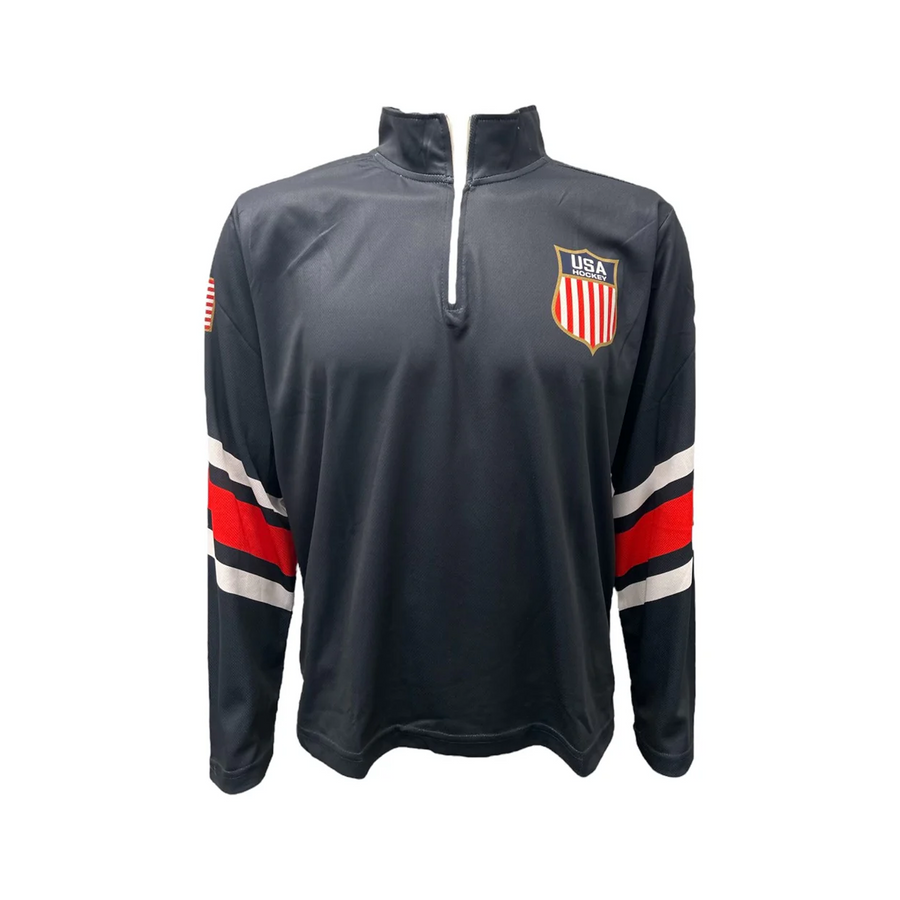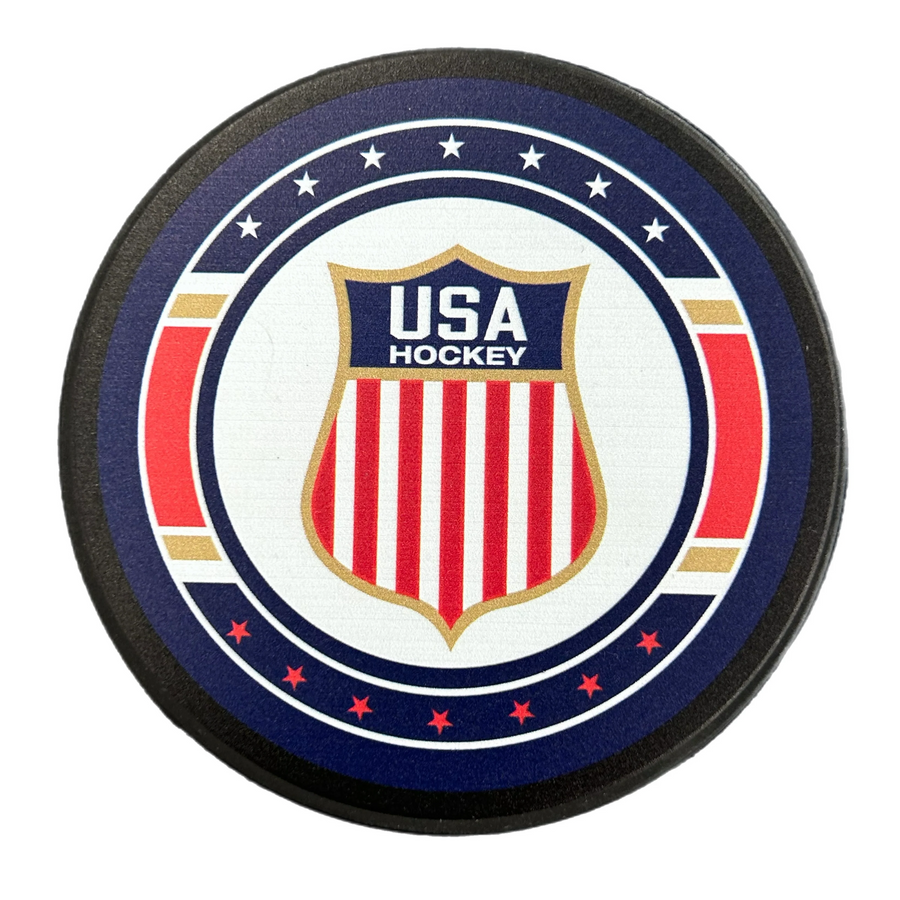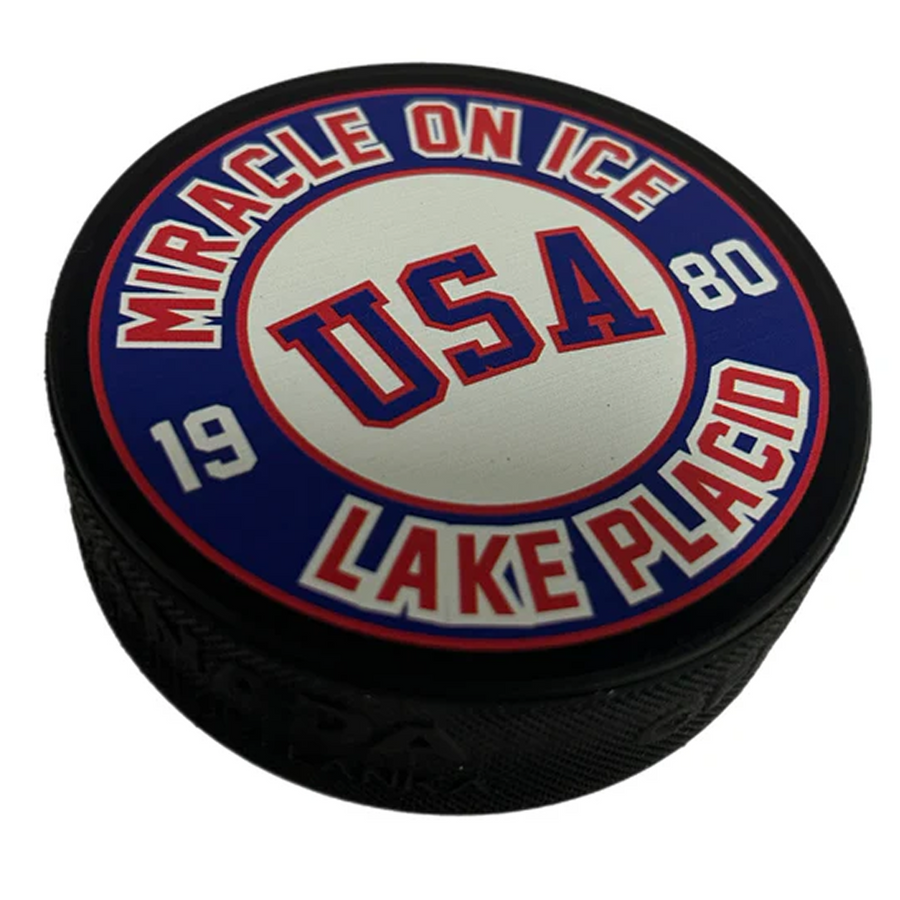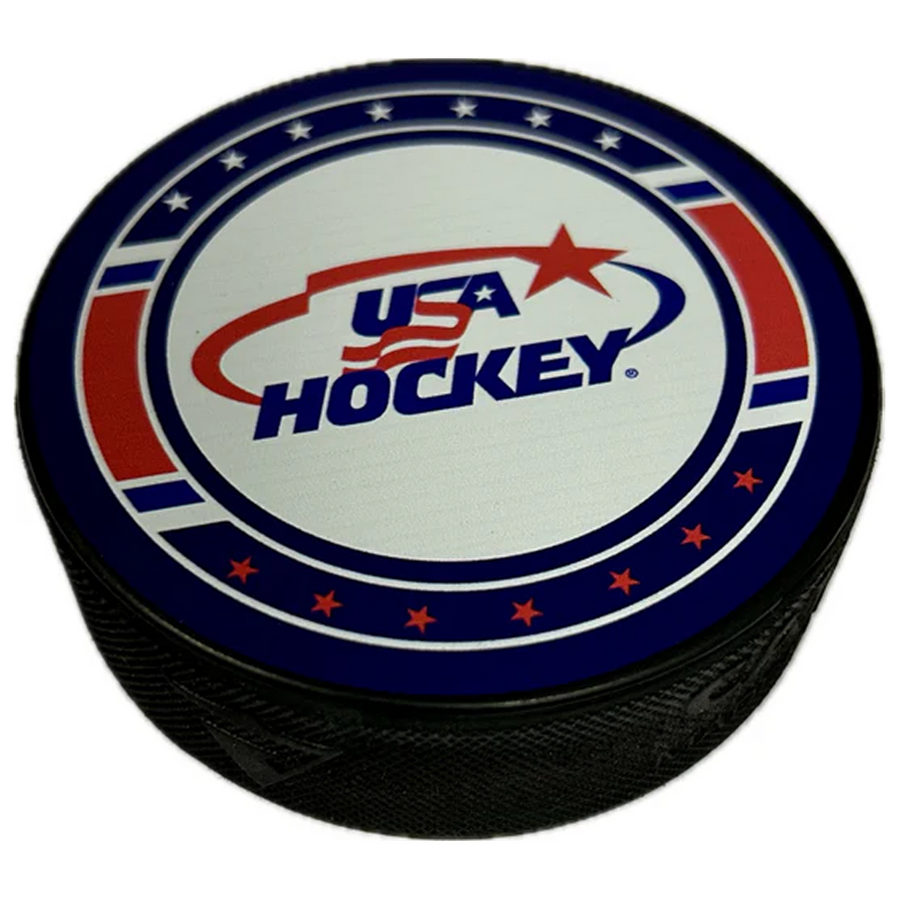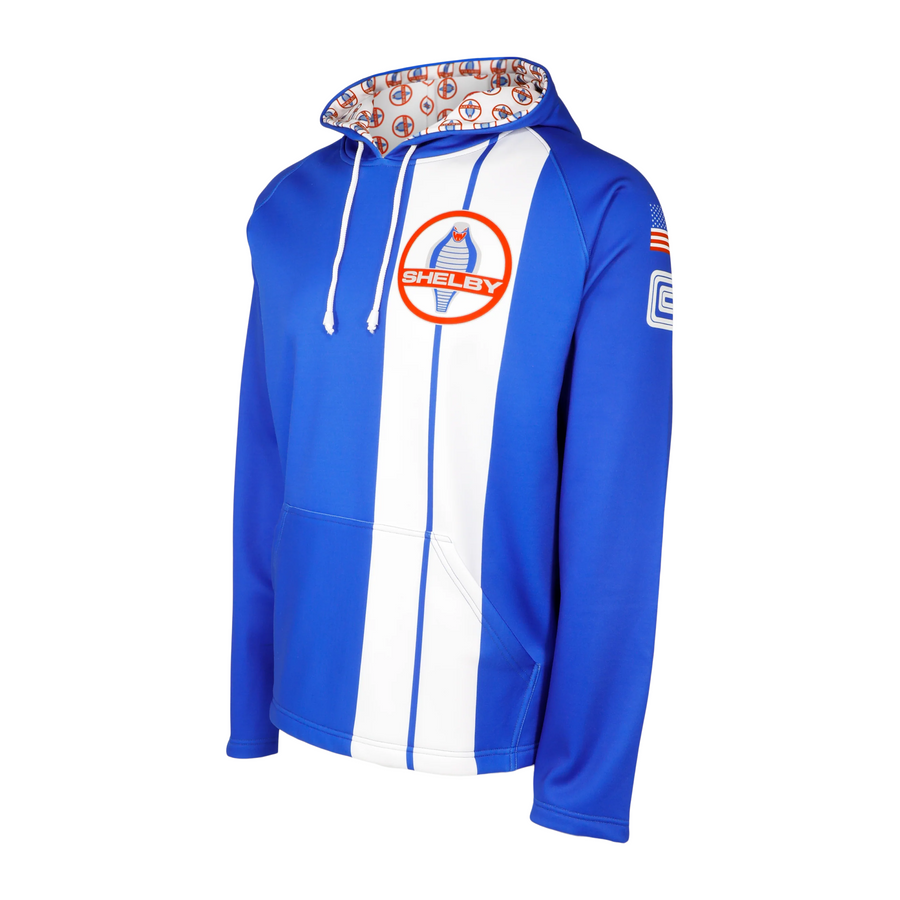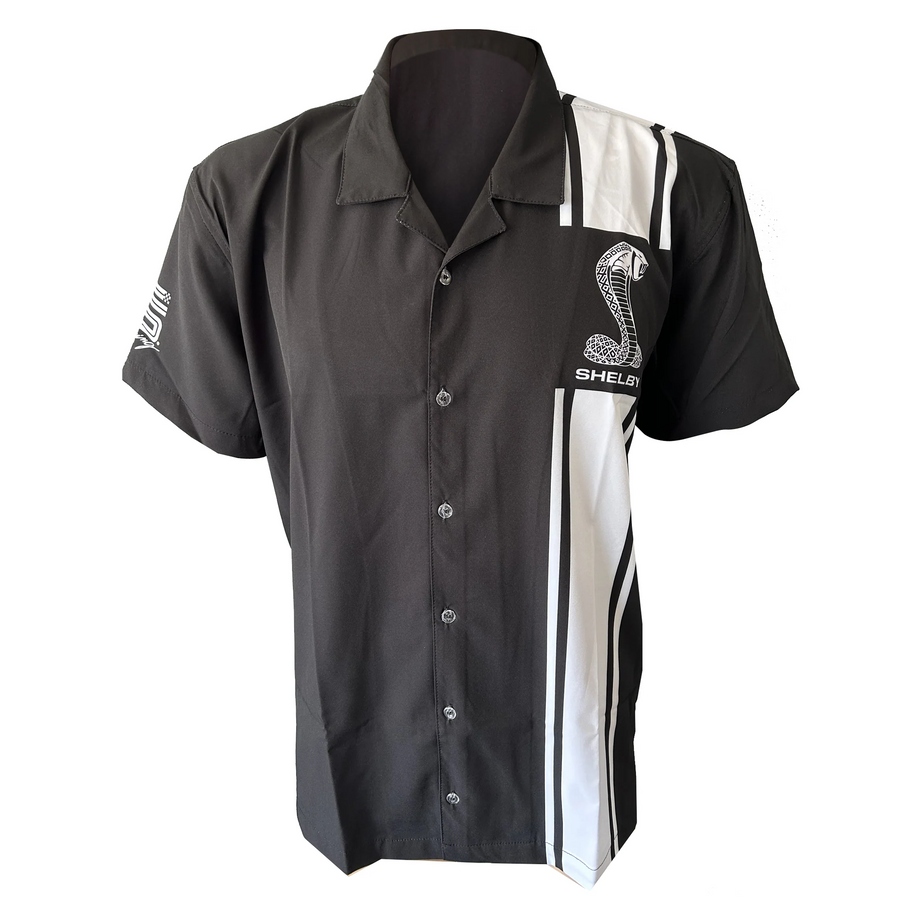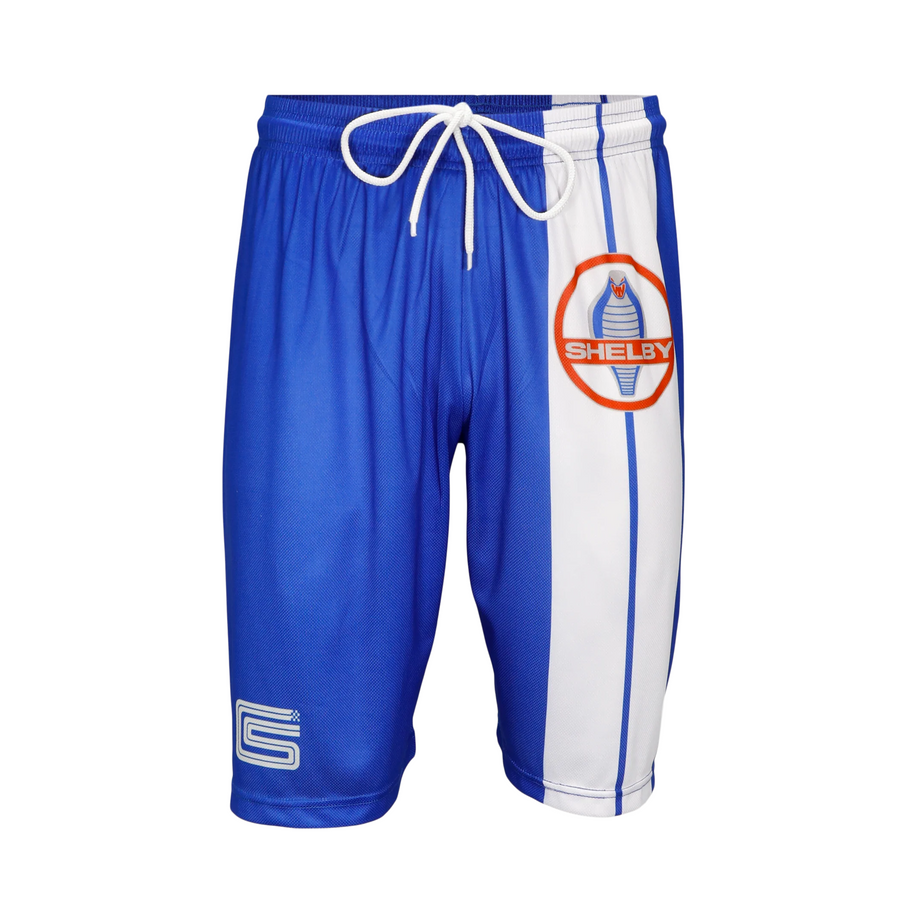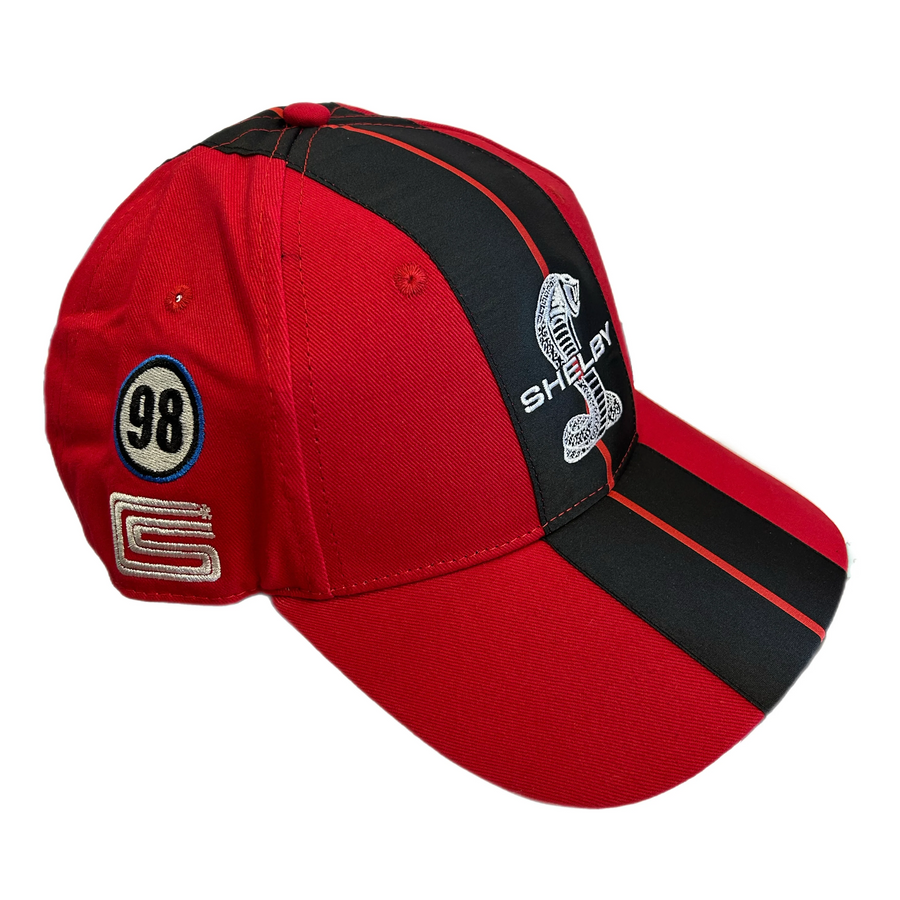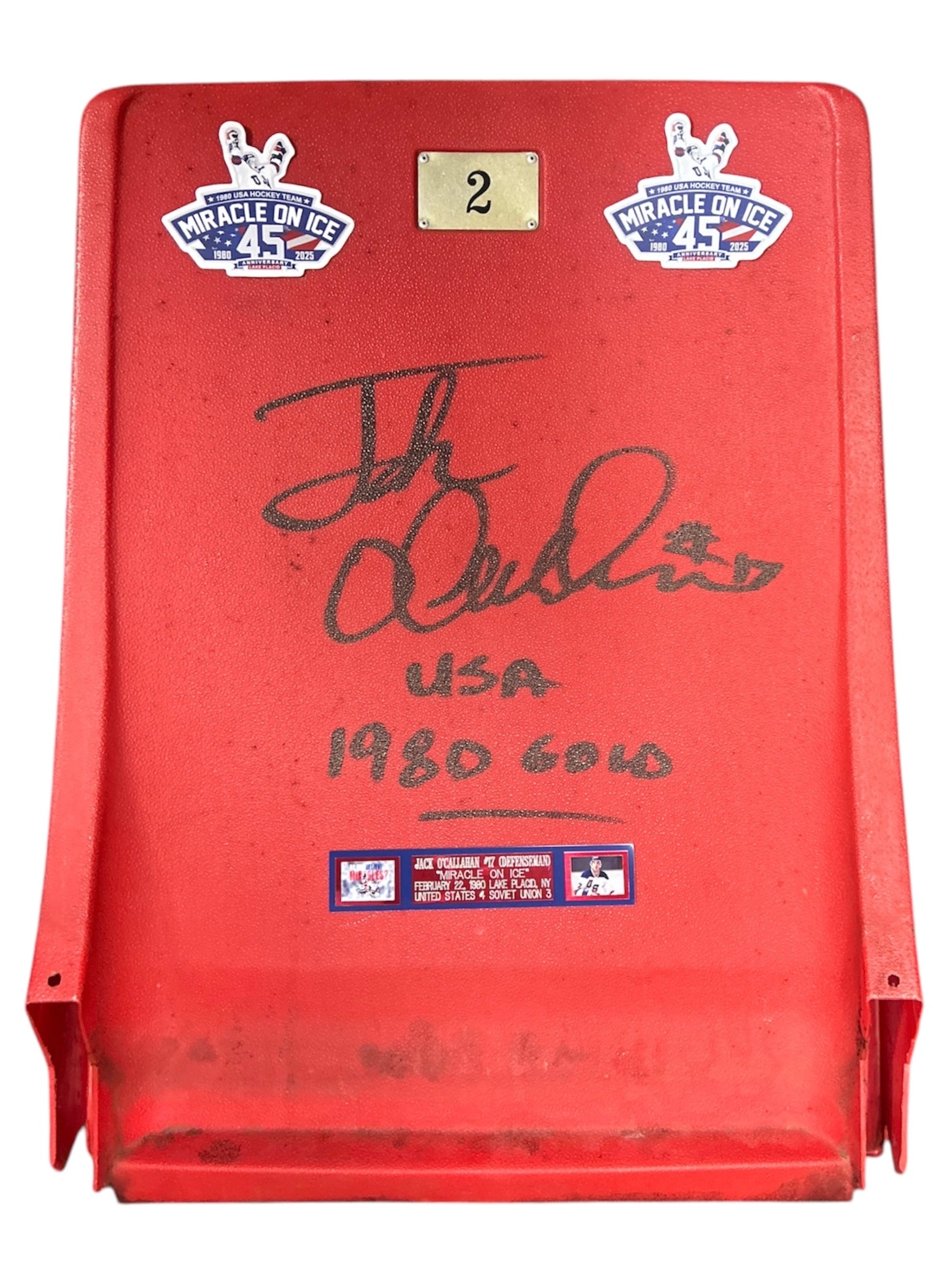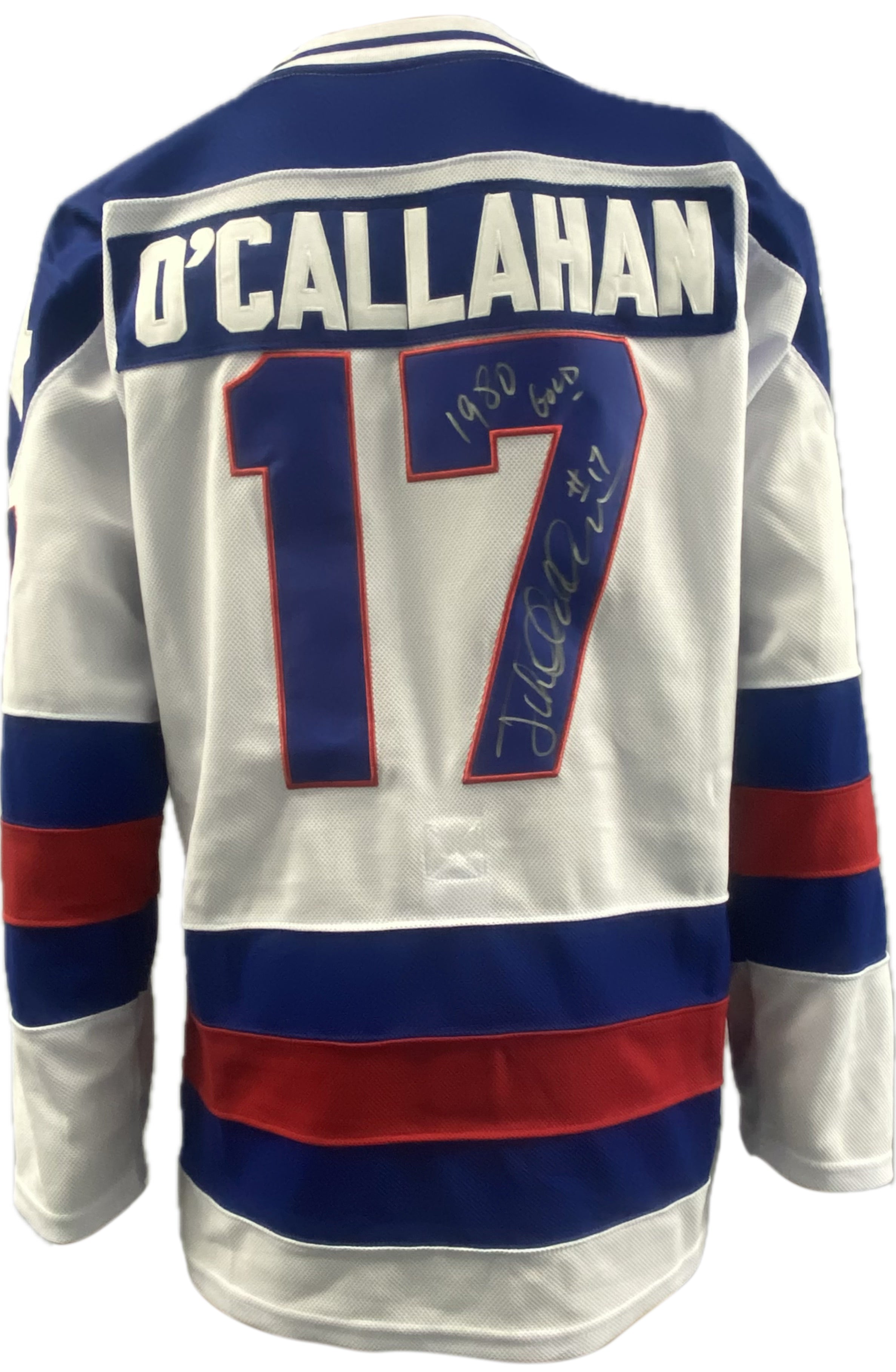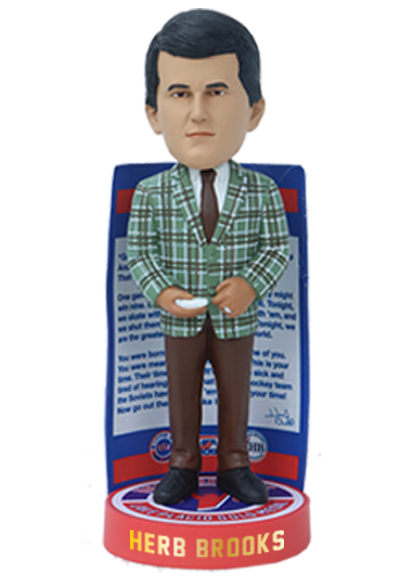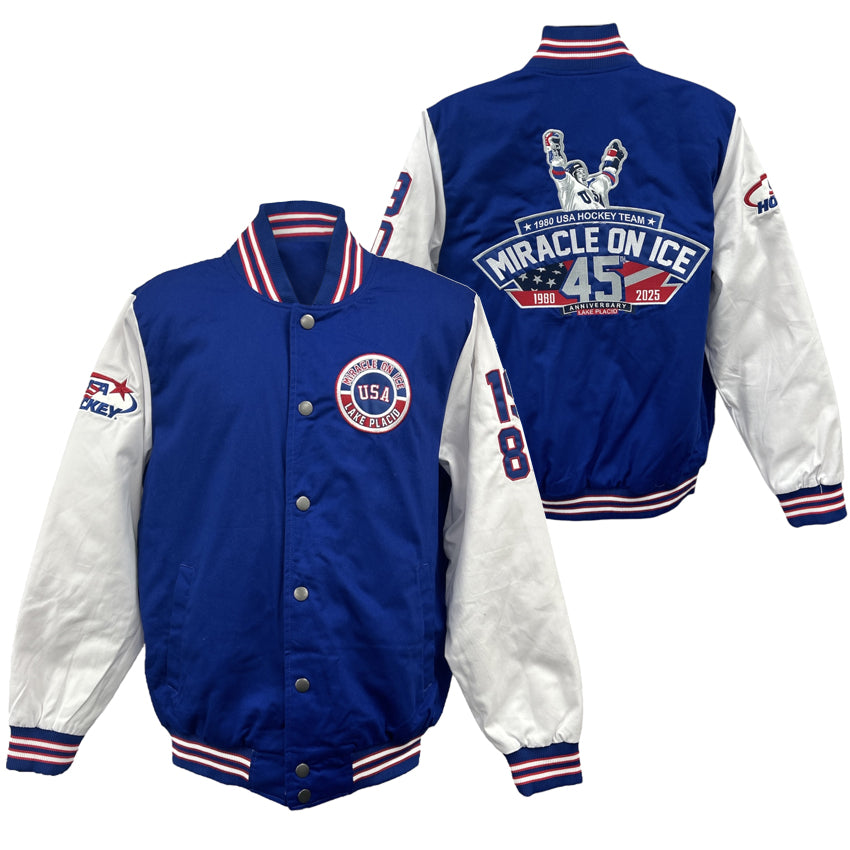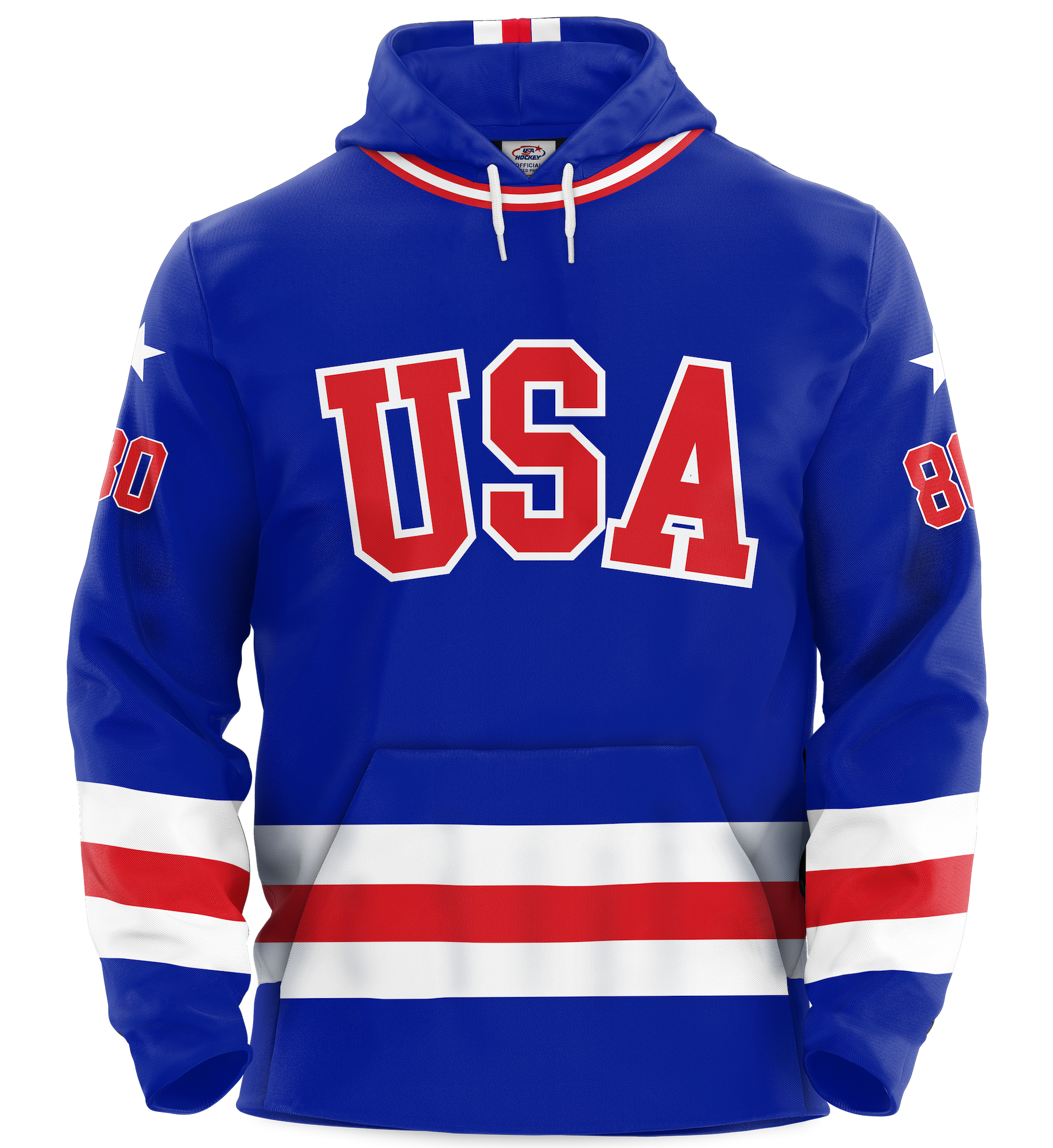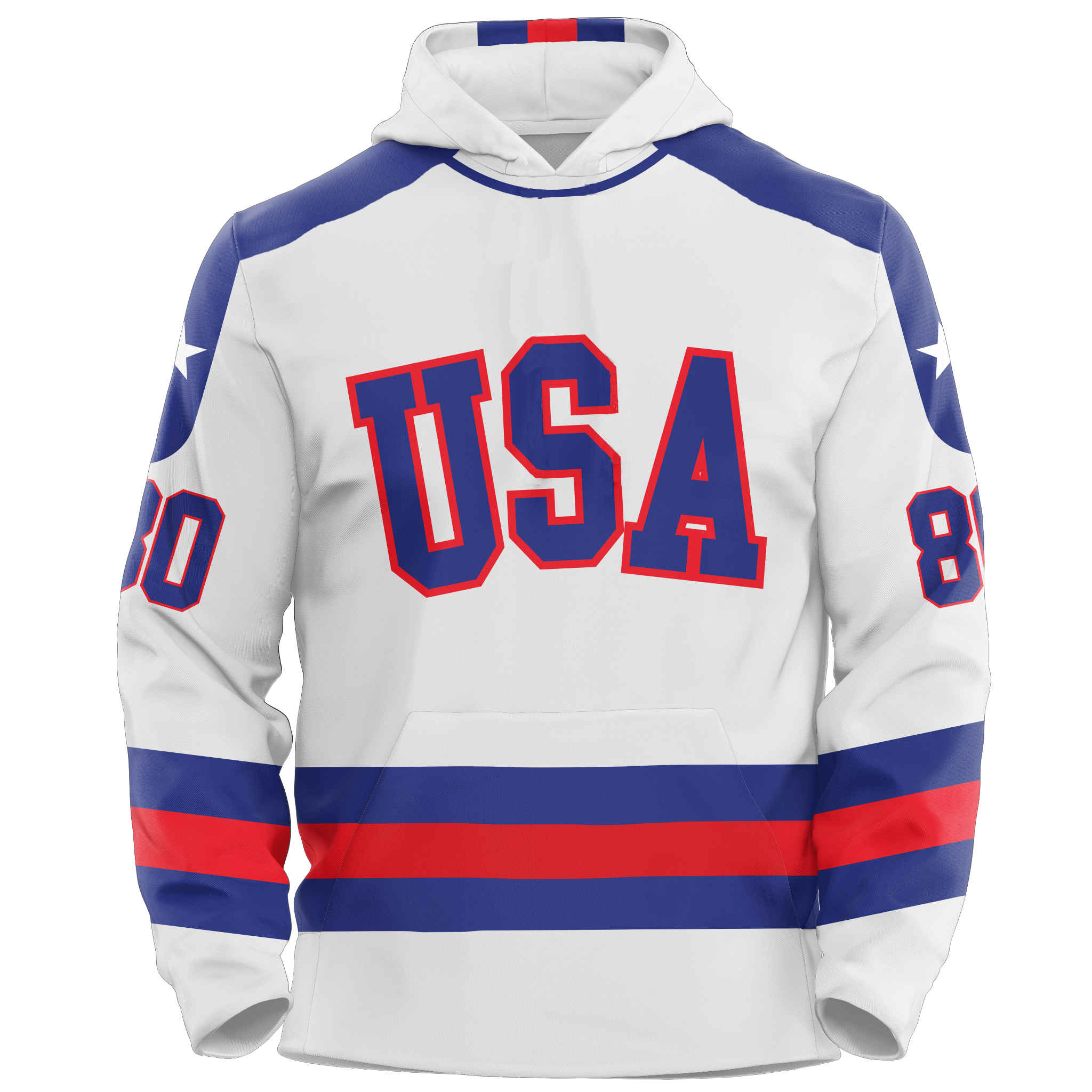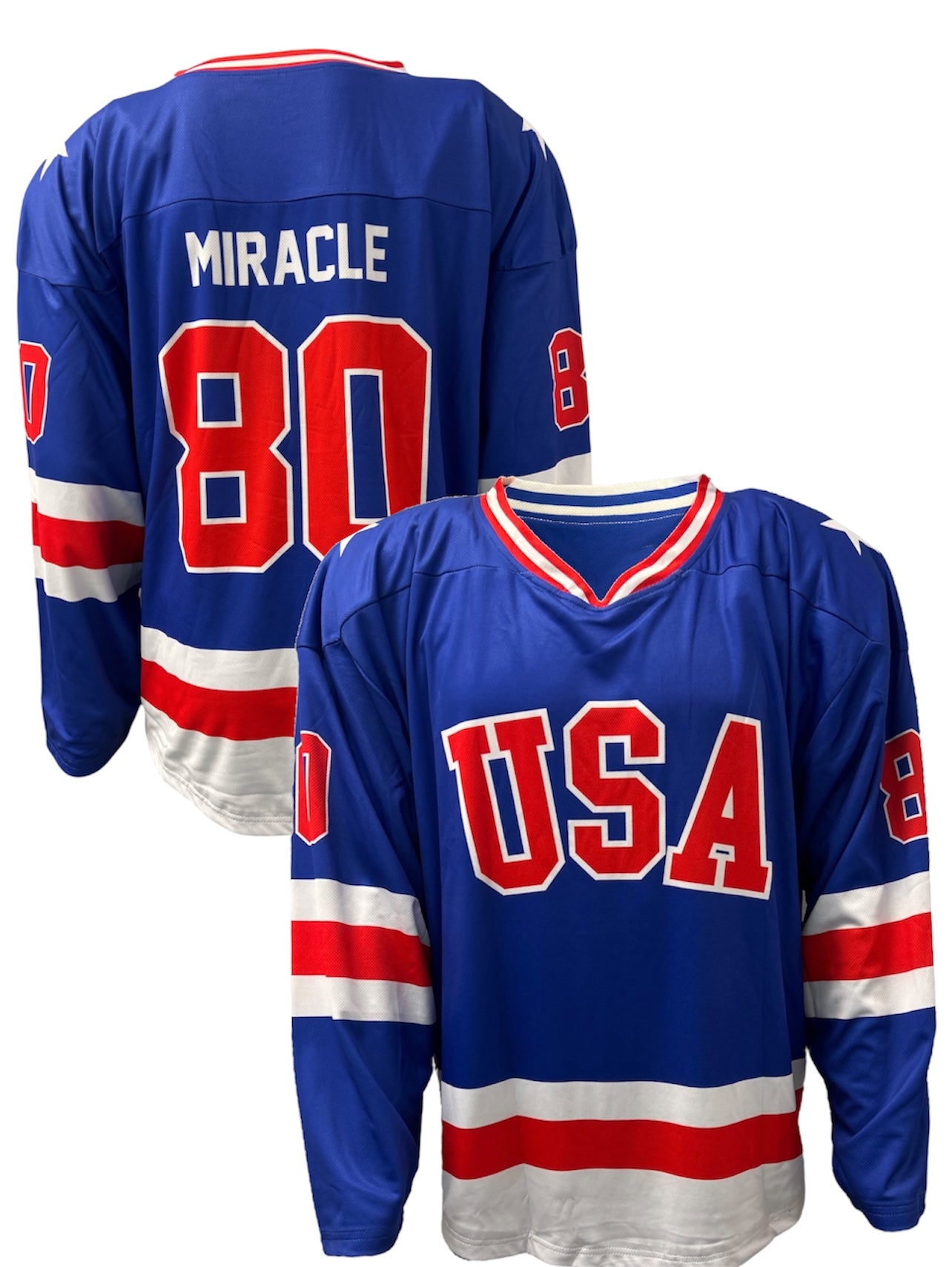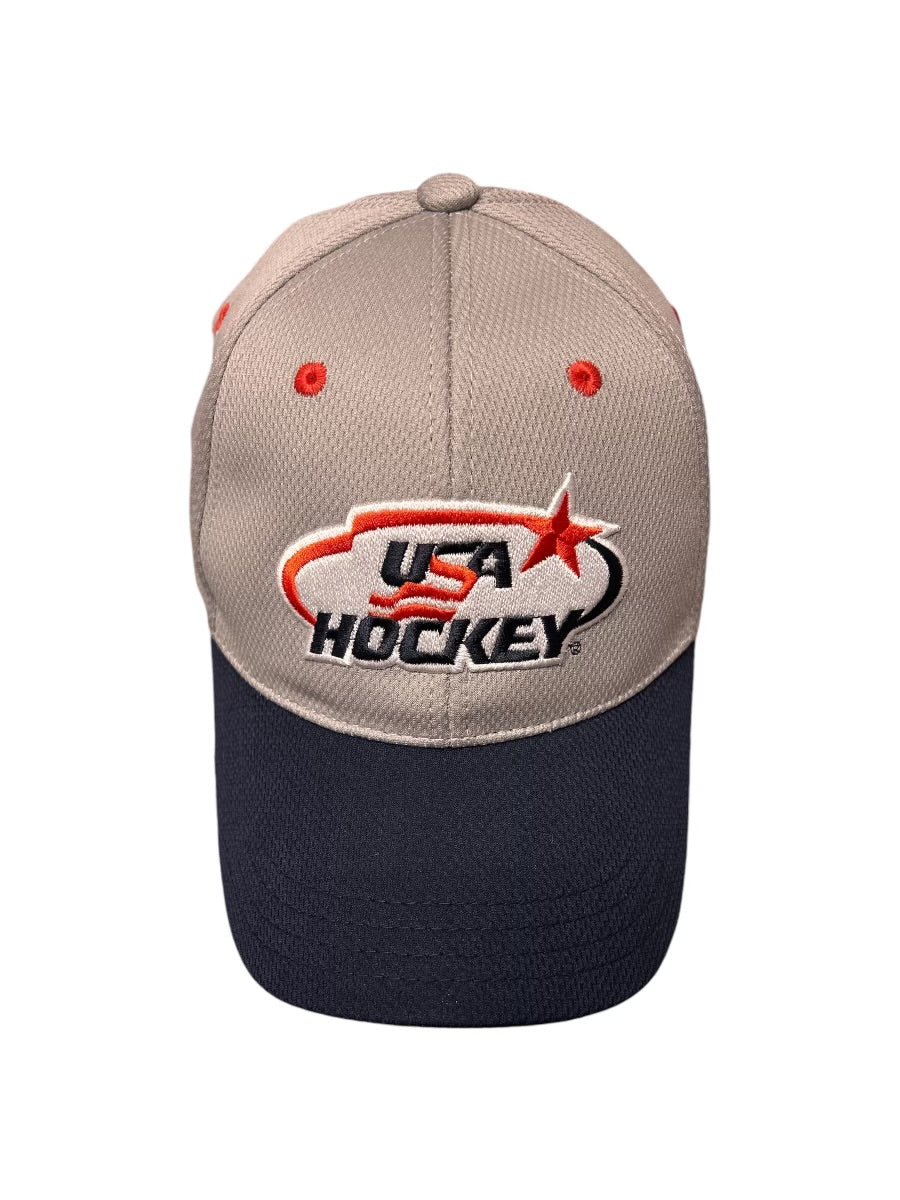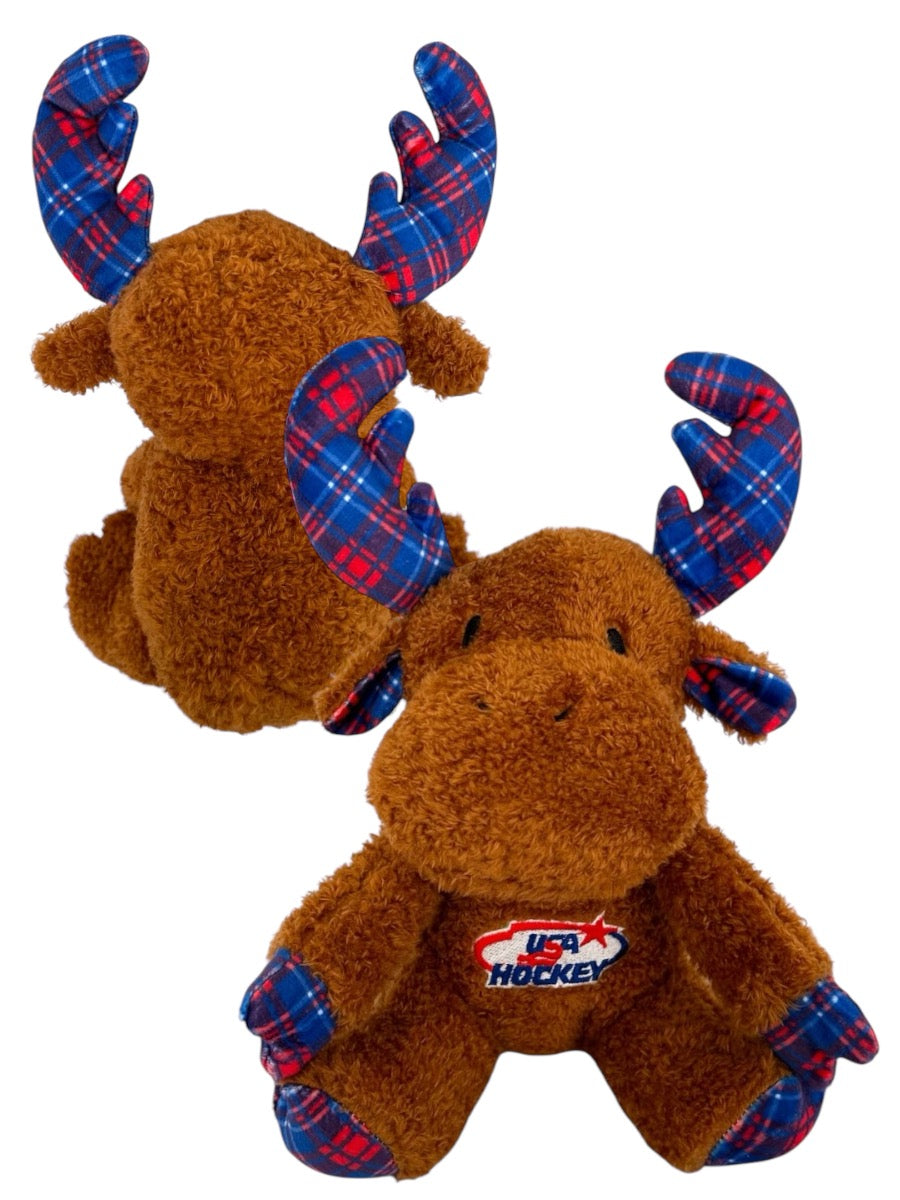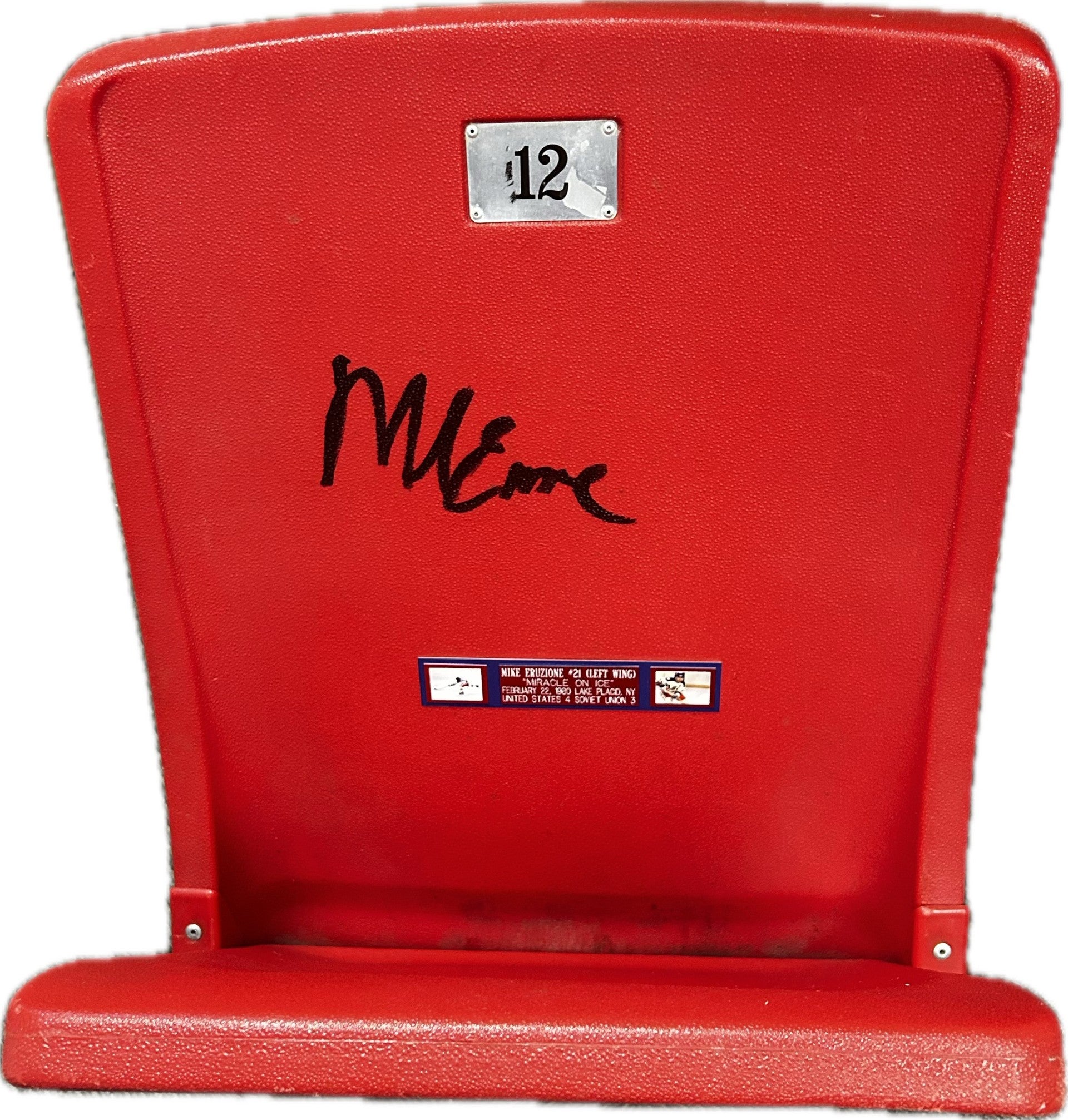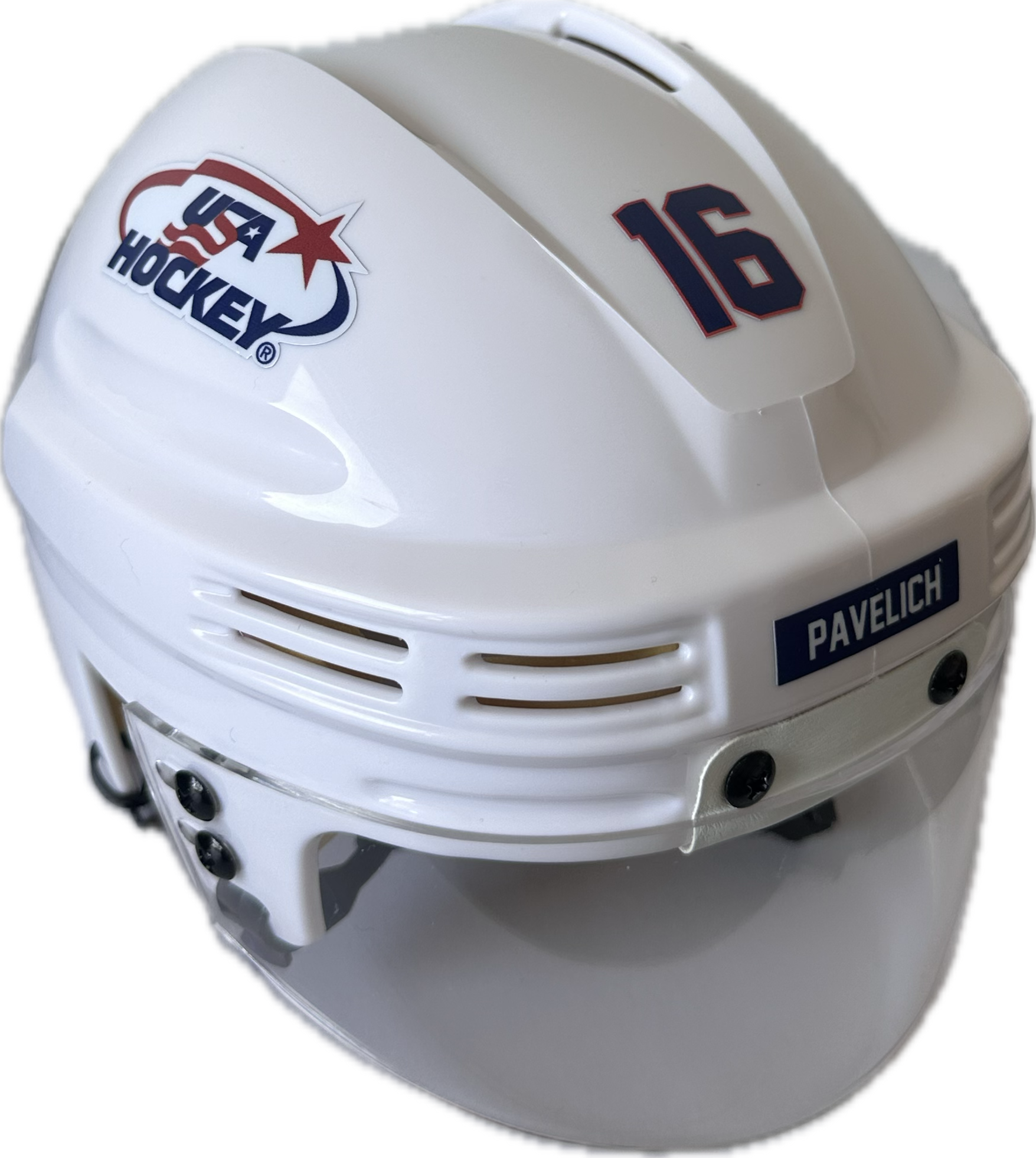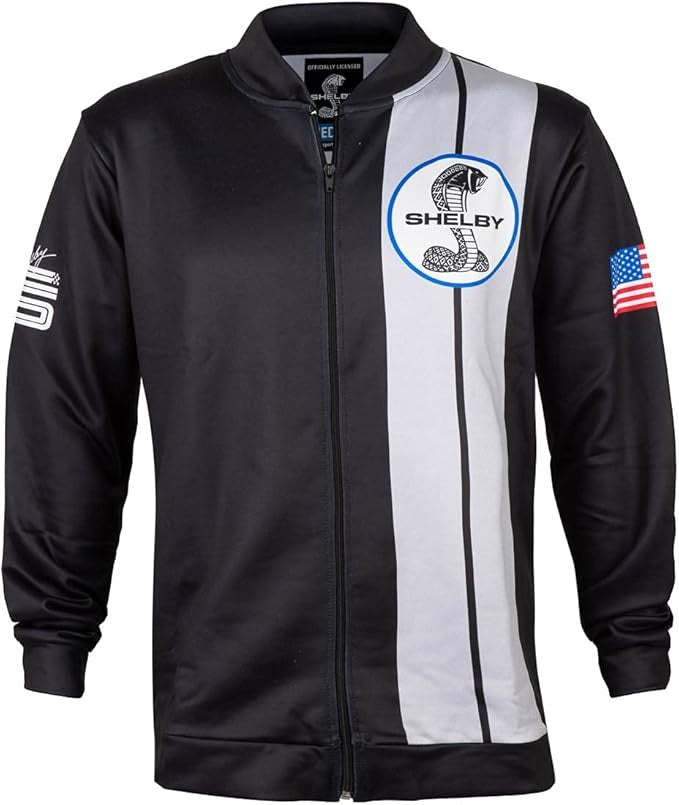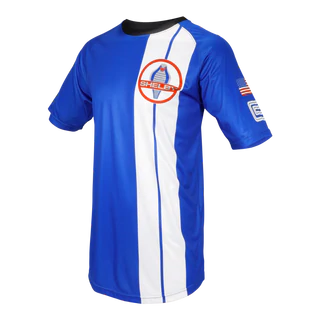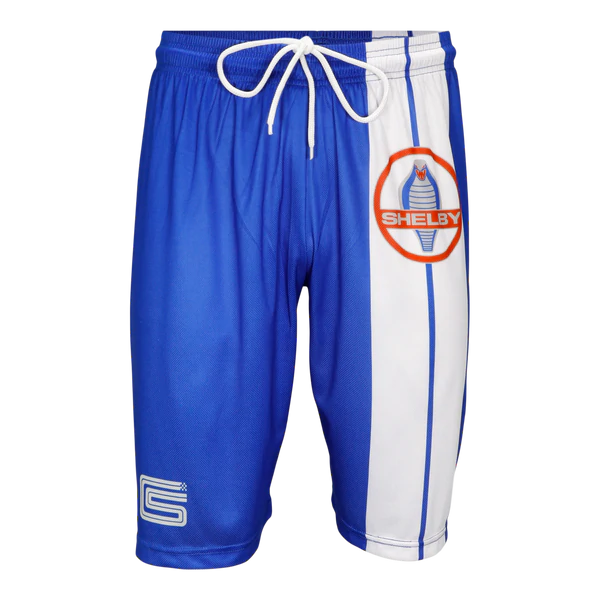Introduction
Hoodies come in a wide variety of materials, including: cotton; polyester; and, cotton/polyester blends. Let’s take a look at what the advantages and disadvantages of these materials are.
Cotton
Cotton is a natural fiber. Cotton is used more than any other natural fiber. Its advantages include comfort, moisture control, hypoallergenic, and ability to insulate. Cotton is also renewable and biodegradable. Its disadvantages are that cotton shrinks and wrinkles easily. It must be ironed if used in a professional environment. Images printed on cotton can also fade. Cotton is a relatively expensive fabric.
Advantages
Comfort

Cotton is a soft, breathable fabric which allows moisture to pass through. This makes cotton an ideal fabric for hot weather. Cotton also stretches easily, adding to its comfortability. Cotton is widely used in undershirts and shorts because of its comfort.
Moisture Control

Cotton is absorbent removing liquid from one’s skin. In hot weather, as the moisture evaporates this provides a cooling effect. Cotton’s moisture control makes cotton a preferred fabric for exercising. Cotton can absorb up to one-fifth its weight in water before feeling damp.
Insulation
Cotton fabric provides thermal insulation as it traps air between the fabric fibers. Air is also trapped between the skin and fabric thereby providing further insulation. These features of cotton allow cotton to be worn both when it is hot and when it is cold.

Hypoallergenic
Cotton rarely causes allergic reactions. Dermatologists frequently recommend wearing cotton to those with skin allergies. Because cotton is hypoallergenic, it is also frequently used in bandages and gauze. Cotton fabric is the most popular choice for children’s and baby apparel.
Disadvantages
Shrinks Easily

Tension is applied to cotton yarn during the construction of cotton fabrics. When heat is applied to the cotton fabric, during washing or drying, the tension is released and the fabric returns to its natural size. Most of us have experience a favorite piece of cotton clothing shrinking to a size where it becomes unwearable. Washing in cold water and drying on low heat are tactics to help avoid shrinkage.

Wrinkles
Blame hydrogen. Cotton is a natural fiber. It is made of cellulose which contains hydrogen. The attraction of the hydrogen particles to each other forms a bond. This bond will give a fabric a shape until the fabric gets wet. If exposed to water, the hydrogen bonds break down, and the fabric becomes wrinkled. Its all a natural process and there’s not much you can do if it’s a 100% cotton fabric.
Images Fade
Cotton fabric is not colorfast. Images printed on cotton fabric can fade when washed and dried several times. Repeated exposure to the sun can also cause fading.
Affordability
Cotton is a natural fiber that must be grown and harvested. It is subject to weather conditions, so cotton cost varies from year to year. Cotton fabric is more expensive than polyester, and cotton/ polyester blends.
Polyester
Polyester is a synthetic fabric. Synthetic polyester is created from a chemical reaction involving coal, petroleum, air and water. Since polyester is made from widely available products, it tends to be inexpensive compared to natural fabrics that are subject to weather. Polyester is durable and does not stretch, shrink, or wrinkle easily. Using a sublimation process, images can be embedded into polyester fabric. Since the images become part of the fabric, the images will not fade.
Advantages
Durability

Polyester is a strong fabric. It also stretches making it hard to tear. Synthetic fibers do well in harsh environments when exposed to water and wind. Because of its durability, Polyester is often used in tent material, windbreakers, and umbrellas.
Moisture Control
Polyester is a moisture-wicking fabric, that is, a fabric with the ability to pull moisture away from the skin using tiny, built-in capillaries. Moisture is drawn to the exterior of the fabric, which makes it easier to evaporate. This feature of polyester makes polyester a favorite among athletes.
Resists Shrinking and Wrinkling
Polyester is a synthetic, man-made polymer that is resistant to shrinkage and wrinkling. It can be washed repeatedly at cool temperatures with minimal shrinkage.
Bright Non-fading Images Can Be Printed on Polyester

Bright, colorful images can be printed on polyester using sublimation printing. The sublimation printing process embeds the printed image within the polyester fabric. The image is not placed on top of the garment but actually becomes part of the garment. Consequently, the garment can be washed repeatedly and the image will not fade.
Affordable
Polyester is a synthetic fiber made from coal, petroleum, and water. These materials are in abundant supply and are not subject to annual weather conditions. Therefore polyester is a relatively inexpensive material compared to cotton which must be grown and is subject to weather.
Disadvantages
Not Breathable
Polyester fibers resist stretching. As a result, polyester fabrics are generally regarded as “not breathable” when compared to cotton which stretches. This can make one feel hot and stuffy.
Poor Absorption
Polyester does not absorb moisture. Since the fabric does not absorb moisture, it cannot release it into the air. Therefore, polyester does not have a naturally cooling effect.

Heat Sensitive
Polyester should not be exposed to high temperature because it can melt. Care instructions for polyester fabrics generally suggest washing at warm or cool temperatures, and also drying at low temperature.
Cotton/ Polyester Blends
Cotton/ polyester fabric blends bring both the advantages and disadvantages of cotton and polyester. The fabrics are breathable like cotton, but bring the strength of polyester. The blends are less expensive than 100% cotton, and do not shrink and wrinkle like cotton.
Advantages
Comfort
A popular blend of cotton/ polyester is 65% cotton and 35% polyester. This high percentage of cotton makes the blend a comfortable fabric. It does not stick to the skin as 100% polyester tends to do. The fabric is also softer and more breathable than polyester.

Resists Shrinking and Wrinkling
Cotton is notorious for shrinking and wrinkling. Blending the cotton with polyester yields a fabric that is far more wrinkle-free. The fabric also avoids shrinking. The blend behaves in this way because the polyester fibers retain their shape when exposed to moisture or water.
More Affordable
Since cotton is a natural fiber, it’s production is dependent on weather conditions from vary year-to-year. If parts of the world have bad weather for a year, cotton production can be down affecting cotton prices. Blending polyester with cotton reduces a fabrics cost. Polyester is less expensive than cotton and it is produced from materials that are widely available and are not affected by weather.
Durability
A cotton/ polyester blend brings the strength of polyester fibers to the fabric. Polyester is a more elastic fiber. Consequently, the fabric blend will not tear as easily as 100% cotton.
Disadvantages
Not As Breathable as Cotton
Although more breathable than polyester, a cotton/ polyester blend is not as breathable as cotton. When working outdoors exposed to hot weather, a cotton/ polyester blend will not be as comfortable as cotton.
Moisture Control
A cotton/ polyester blend will absorb moisture better than polyester but not as well as cotton. In hot weather the blend will be cooler to wear than polyester, but will not have the cooling properties of cotton.
Affordability
Polyester is the least expensive fabric. Cotton is the most expensive. A cotton/ polyester fabric will, therefore, be more expensive that a polyester fabric.
Hoodies and Jerseys Collections
You can see great collections of high quality hoodies and jerseys made with a variety of fabrics in the Lowsport store found here.
Sources:
- Silver Bobbin. What are the Advantages and Disadvantages of Polyester Fabric? https://silverbobbin.com/advantages-and-disadvantages-of-polyester/
- Guide to Cotton, Polyester, and Blended Fabrics
- Guide to Fabric: How to Choose the Right Fabric for Clothing. https://www.merchology.com/pages/fabric-guide
Related Posts:
 Miracle on Ice
Miracle on Ice
 Team USA Hockey
Team USA Hockey
 Hockey Teams and Winter Sports Collection
Hockey Teams and Winter Sports Collection
 Shelby Cobra & Other Motorsports
Shelby Cobra & Other Motorsports






